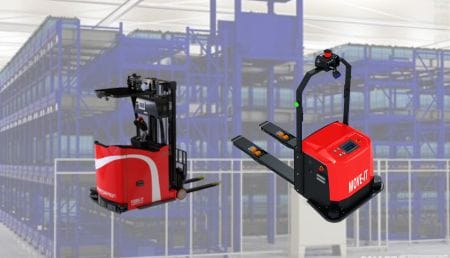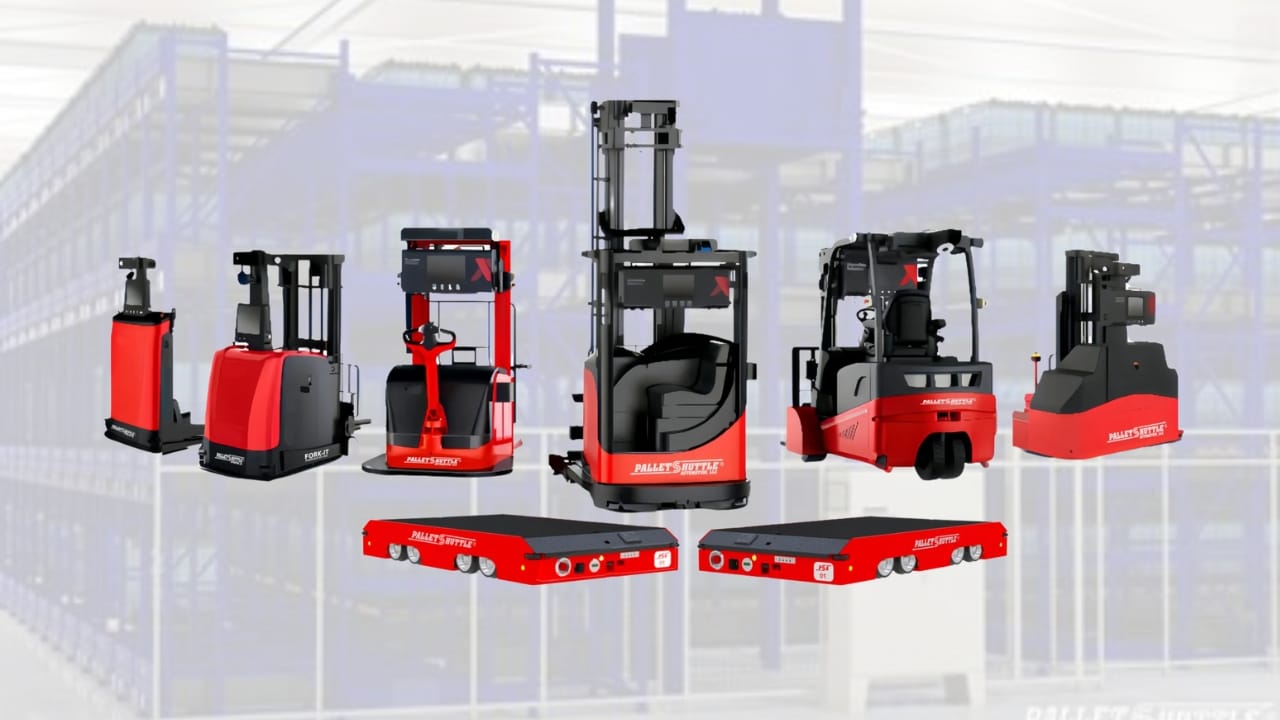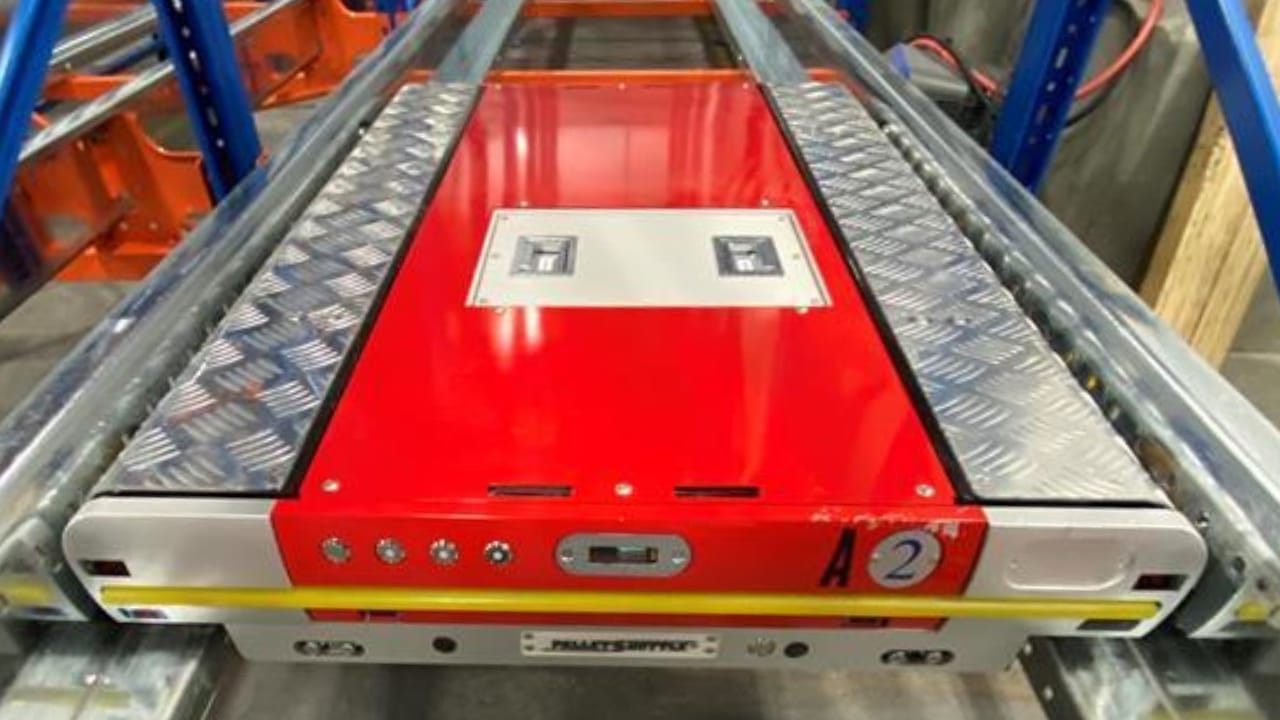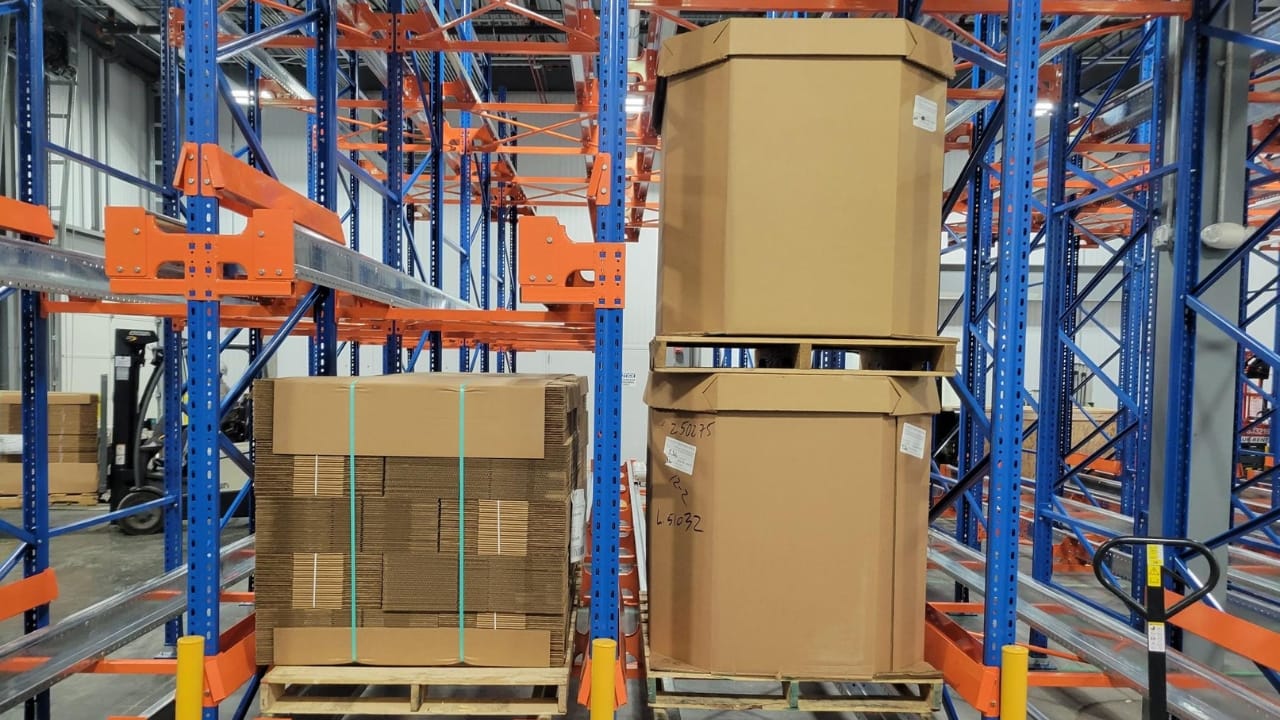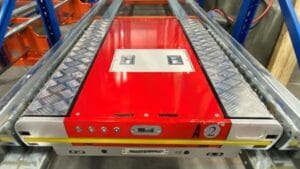Introduction
Efficiency and flexibility are crucial in today’s fast-paced logistics and manufacturing sectors. Vision-based Automated Guided Vehicles (AGVs) utilize advanced computer vision systems to revolutionize material handling processes, enhancing navigation accuracy, safety, and operational adaptability.
What Are Vision-Based AGVs?
Vision-based AGVs are the next generation of material handling automation technology. Unlike traditional AGVs that rely on magnetic tapes, laser sensors, or physical markers, vision-based AGVs use high-resolution cameras and intelligent image processing. This advanced system enables real-time environmental interpretation, allowing these AGVs to adapt seamlessly to dynamic warehouse layouts while avoiding obstacles efficiently—all without requiring costly physical modifications.
How Vision-Based AGVs Work
The core innovation of vision-based AGVs lies in their integrated computer vision and navigation systems. Here’s how these advanced machines operate:
- Real-Time Visual Mapping
High-definition cameras capture and process images continuously, enabling the creation of real-time, detailed facility maps.
- Dynamic Route Planning
Using live visual data, these AGVs adjust routes dynamically to ensure efficient navigation, even in changing or complex environments.
- Enhanced Obstacle Detection
By combining camera inputs with data from auxiliary sensors like LiDAR or ultrasound, vision-based AGVs detect and avoid obstacles with high accuracy, ensuring operational safety.
- Flexible Navigation
Vision-based systems reduce dependence on fixed physical guidance, enabling cost-effective layout changes and lowering maintenance costs.
Types of Vision-Based AGVs
Vision-based systems are applicable across a range of AGV designs to meet diverse operational needs:
- Towing Vehicles
Suitable for large-scale material transportation across extended distances.
- Unit Load Carriers
Optimized for precise handling of pallets and containers.
- Forklift-Style AGVs
Combine traditional load-handling capabilities with automated, safe navigation in confined spaces.
- Hybrid AGVs
Versatile units capable of performing multiple roles, such as transportation and light assembly.
Key Benefits of Vision-Based AGVs
Vision-based AGVs provide tangible advantages that contribute to streamlined operations and reduced costs:
- Improved Efficiency
Dynamic routing minimizes downtime and ensures smooth operations in high-traffic environments.
- Enhanced Safety
Advanced detection systems reduce collision risks, safeguarding personnel and assets.
- Flexibility
Fewer physical infrastructure needs result in quicker adaptability to workflow or layout adjustments.
- Cost Savings
Lower infrastructure requirements and operational efficiency translate to significant long-term savings. Reducing downtime further enhances cost-effectiveness.
- Precision and Accuracy
Real-time data processing improves inventory movement accuracy, reducing errors and maintaining consistency.
Considerations Before Implementation
To effectively integrate vision-based AGVs into your operations, consider the following factors:
- Operational Requirements
Assess current material handling workflows, identifying inefficiencies that vision-based AGVs can address.
- System Integration
Ensure compatibility with Warehouse Management Systems (WMS) or Enterprise Resource Planning (ERP) systems for real-time tracking and efficient operations.
- Customization
Choose AGVs with specialized features to suit unique tasks or layouts.
- ROI Analysis
Conduct a cost-benefit analysis for long-term savings through improved efficiency and reduced operational costs.
- Maintenance and Support
Partner with vendors offering comprehensive support and maintenance to ensure optimal system performance.
Industry Trends and Future Developments
- Integration with IoT and AI
Vision-based AGVs are increasingly equipped with IoT sensors and AI-driven analytics, enabling smarter decision-making and predictive maintenance.
- Collaborative Robotics
Future developments focus on AGVs working alongside human workers or other robotic systems for enhanced workflow integration.
- Advancements in Sensor Fusion
Improved sensor fusion will lead to even more precise navigation and decision-making capabilities.
- Sustainability
Energy-efficient operation and waste reduction align these AGVs with increasing demand for environmentally responsible practices.
Applications Across Industries
Vision-based AGVs are transforming various sectors with their adaptability and precision:
- E-Commerce and Retail
Accelerate order fulfillment and streamline warehouse operations.
- Manufacturing
Efficient delivery of raw materials and finished products ensures consistent throughput.
- Healthcare and Pharmaceuticals
Precise transport of sensitive equipment and supplies ensures timely and compliant deliveries.
Why Vision-Based AGVs Matter
Vision-based AGVs signify a paradigm shift in material handling automation. By leveraging cutting-edge computer vision and machine learning technologies, they provide unmatched flexibility, safety, and efficiency. Businesses adopting these advancements gain not just operational benefits but also a significant competitive advantage in their industries.
Interested in upgrading your facility with vision-based AGVs? Contact our team today to explore tailor-fit solutions that enhance your logistics strategy and overall efficiency.

